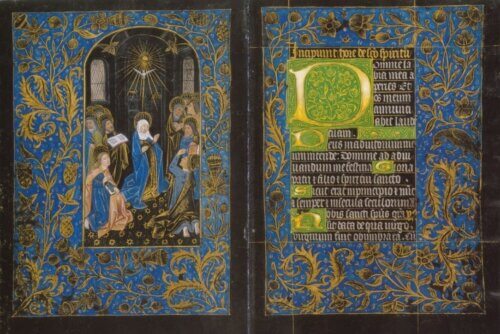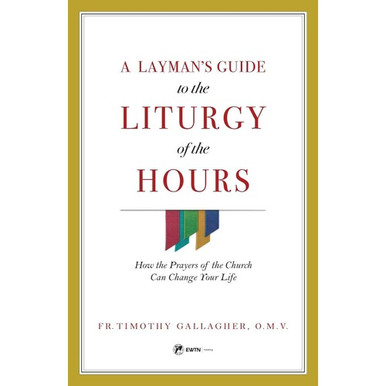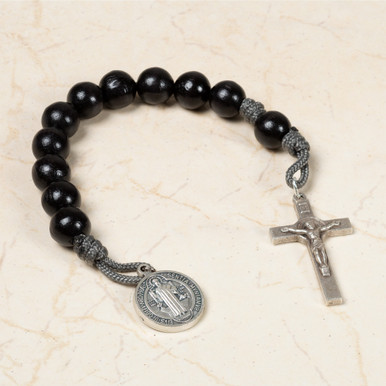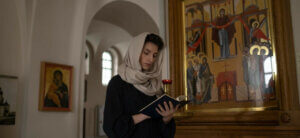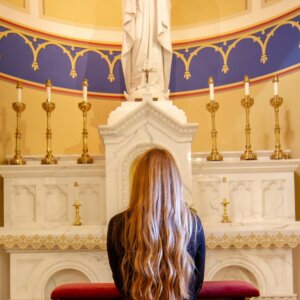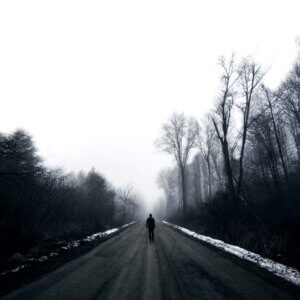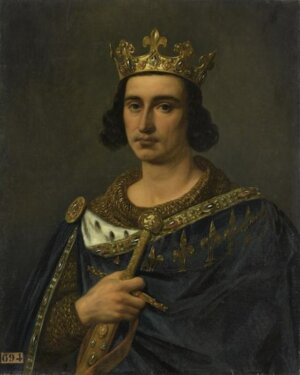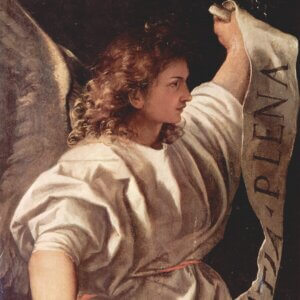The illuminated manuscripts of the medieval era are stunning. Their intricate designs, vivid colors, and utter singularity are unlike anything seen since. The Church’s rich theology shines through the motifs and trailing margins as well as through the words of the prayers.
The medieval Burgundians, however, could show you prayer books that make everything else pale in comparison.
The Burgundians had developed a taste for somber, deep colors—colors associated with mourning in other countries—and they commissioned prayer books to reflect this preference. These prayer books were called “hours” because they usually contained the Divine Office, also known as the Liturgy of the Hours.
The Burgundian “hours” were not the usual ivory color—in fact, they were black!
“Black Hours” from the 15th century (photo from Meisterwerke der Buchmalerei by Ingo F. Walther and Norbert Wolf, PD via WikiCommons)
Only the Burgundians high up in the king’s court could afford these books, because the dye for tinting velum was very expensive. This dye was heavily corrosive, so the velum pages had to be extra thick in order to survive the dying process.
In addition to the dye, only gold or silver paint could be used for lettering, since it contrasted well with the black page. Bright colors—such as aquamarine paint—for the exquisite miniature paintings were also costly.
Altogether, a prayer book in “dark mode” cost a fortune, but we can all agree with the medieval Burgundians that the effect is worth it.
Luckily, you don’t have to spend a fortune to pray the Liturgy of the Hours for yourself. A Layman’s Guide to Liturgy Of The Hours increases your spiritual riches by incorporating the Hours into your daily life. If constant prayer sounds daunting to you, this practical guide will help you slip right into it with ease and consistency. Get your copy today!
